Tire testing is something we’ve been doing for a very long time now, both as racers and former car magazine editors. That said, we’ve never track tested three different tires all on the same day on the same car, so this was an action-packed day for us. A lot of planning had to go into it, including borrowing a couple of sets of 18×9.5” wheels, having our main man Riley Sexsmith over at NV Auto mount up all the 265/35R18 rubber, and prepping our supercharged 2013 Scion FR-S for what would be a gruelling day at Toronto Motorsports Park, a 2.2-km, 11-turn road course where we’ve done thousands of laps over the last 15 years or so.
For this test, we wanted to see how the Nankang AR-1 and Maxxis RC-1 compared to the Toyo R888R, all 100 tread wear (UTQG) semi-slicks that are perfect for track day action, be it Time Attack, Road Racing, HPDE or recreational lapping. Having used the R888R for a couple seasons on our K-swapped ’99 Honda Civic coupe as well as on the Mullet Mustang (a track-prepped ’05 GT), we wanted to experience some other options in this category and see how they compare.
Weather conditions at TMP were sunny and windy with a high of 14C, with test conditions being very consistent throughout the day. As the tire pyrometer told us, we were able to just get the tires warm enough to be considered in their optimal range (60-80C is typically the temperature sweet spot for semi slicks like these). I should also mention that we did a scrub-in session on each set of tires brand new tires (all size 265/35R18) that consisted of slowly putting heat into the tires over 3 laps and then adjusting tire pressures at the end of the session based on tire temperature readings (collected using a probe-type pyrometer).
After that we did two full Time Attack style session on each set of tires, consisting of one warm-up lap, three hot laps, and a “cool down” lap where I still pushed very hard to keep temperature in the tires so that we could collect the most accurate temperature data possible when pitting hot. Above are the tire temp data sheets for the fastest session on each tire.
In the video at the bottom of this story, we’ve received a lot of questions in the comment section about which tire runs widest. The wide angle lens we shot the video with distorts the image the further you get from center, so the tires near the edge of the frame get stretched and look much wider than they are. Here is an iPhone image more clearly showing the stacked height of the tires, where you can see the Maxxis (on the left) are widest, followed by the Toyos (in the middle), and the Nankangs (on the right).
Alright, let’s get right down to the nitty gritty. As you can see from the above summary data, it was a close fight between the Nankang AR-1 and the Maxxis RC-1 for fastest lap of the day, with the AR-1 edging out the RC-1 by a little over a 10th of a second. The Toyo R888R was further back, almost a full second behind the AR-1. This single fastest lap time only tells part of the story, however, since over the two sessions the Nankang AR-1 were remarkably consistent, with lap times clustered tightly in the 1:19.1 to 1:19.3 range, while the Maxxis RC-1 were less consistent because of their tendency to understeer when pushed hard on corner entry and also due to their lack of feel or feedback at the limit of available grip. This resulted in the RC-1 lap time spread covering a full second (from 1:19.3 to 1:20.3) from best to worst lap amongst its data set. The Toyo R888R were also less consistent than the Nankang but more consistent than the RC-1, perhaps in part due to my familiarity with the compound, with lap times ranging from 1:20.0 to 1:20.4.
Impressively, given the relatively mild ambient and track temperature, all three tires consistently generated 1.3g or more in the corners, with the Nankang AR-1 (Red line) generating a slightly higher peak of 1.41g as compared to the Maxxis (Blue line) and Toyo (Green line) max reading of 1.39g. But as you can see from the above lateral g-force data, there isn’t a lot separating these tires with respect to cornering g-forces, but you can see how the Nankang AR-1 tended to generate peak g’s in the later part of each corner, while the Toyo R888R tended to peak early in the corner and the Maxxis RC-1 fell more in the middle with respect to max grip through each turn.
Looking at the above GG diagram or Friction Circle, which incorporates both lateral and longitudinal g-force data (with braking g’s at the bottom, acceleration g’s at the top and corner g’s on the left and right), you can see that the Nankang AR-1 (in Red) is filling out the traction circle slightly better than the other two tires (Toyo in Green and Maxxis in Blue) in the transitional zone on the graph where I’m either trail braking or transitioning off the brake and onto the throttle. You can also see the Nankang makes slightly higher peak g’s longitudinally, both under acceleration and braking. Still, the differences here are very small, as you’d expect when lap times are only separated by 10ths of a second.
If we zoom in on the lower graph measuring lap time differential over distance (with the vertical grey bands indicating corners), the flat Red line is the Nankang AR-1, while the Toyo R888R is in Green and the Maxxis RC-1 is in Blue. When the Blue Maxxis line dips below the Red Nankang line between Turn 1 and 2, the RC-1 is actually ahead of the AR-1 on lap time here, but it gives up the lead in the braking zone into Turn 2 and continues to lose time in the braking zones across the rest of the lap, as indicated by the upward trend of the Blue line in the area immediately before each corner. The Toyo R888R also lost time to the Nankang AR-1 in the braking zones, though the difference was less dramatic.
Interestingly, you can also see that the Maxxis RC-1 was clawing back much of the time it lost in the braking zones in the back half of each corner. This was due to the fact that the Maxxis required a “slow in, fast out” driving style, because if I attacked corner entry too aggressively the RC-1 would lose front end grip quite dramatically, but the upside to this was better grip and drive out of the corners and higher straightaways speeds. The Nankang AR-1, on the other hand, really inspired confidence on the brakes and into the corners, and so the data generated by these two tires is quite different despite the final lap times being very close. The trend with the Toyo R888R was also to gain back some time against the Nankang in the back half of each corner, but the gains were obviously smaller than the losses in the braking zones and the front half of each corner.
In the end, the Nankang AR-1 came out on top in terms of lap times and its advantage over the Maxxis RC-1 and Toyo R888R was clearly in the braking zones and into the first half of the corners. The Nankang AR-1 also had the most neutral handling balance from turn-in to the apex followed by gradual and predictable breakaway characteristics as it transitioned towards oversteer balance on corner exit.
That said, I would put the Toyo R888R at the top of the group with respect to breakaway characteristics and its compound’s willingness to allow some playful oversteer, and the Toyo was also the most “talkative” tire of the bunch with very audible feedback (tire squeal) with an increasing pitch that makes it easy to tell when you’re approaching the limit of adhesion. This makes the R888R what I would consider the most beginner-friendly tire in the group, plus they operate well within a wider range of temps and pressures and are known to be very good in the rain by semi-slick standards.
The Maxxis RC-1 wasn’t nearly as playful a tire, requiring what I considered a bit of a deliberate driving style in the aforementioned “slow in, fast out” style and any departure from this would result in speed-robbing understeer. But the Maxxis really impressed with its grip from apex to corner exit, providing a lot of confidence to mat the throttle once you get the car turned in.
In terms of setup, I should mention we didn’t make any changes to chassis settings to try to optimize for each tire. Instead, we simply collected tire temperature and tire pressure data to ensure the tires were getting into their optimum range (or as close as we could under the conditions) and to see if our alignment and shock settings were working the tires fully across the contact patch. Speaking of which, it’s important to note that the Nankang AR-1 required significantly lower hot tire pressures to maximize grip, with 27-29psi being their preferred pressures, while the Maxxis RC-1 and Toyo R888R both generated maximum grip with hot pressures of 32-34psi.
Below is the video of this fun-filled day of tire testing, but before watching please consider that it takes a lot of time and effort to build a complete picture of any tire’s performance, let alone three tires in a single day of testing. So please take these results as merely an exploration of three of the newest 100 tread wear tires on the market today. Our results are by no means conclusive, as it’s really just one test, under one set of specific conditions, at one track, with one driver (that’s me), so please don’t take these results as the final word on any of these tires. If we’ve helped you narrow your search for a 100 tread wear tire, that’s great, but be prepared to do your own testing and collect your own data so that you get the most performance and longevity out of your tires as you can.
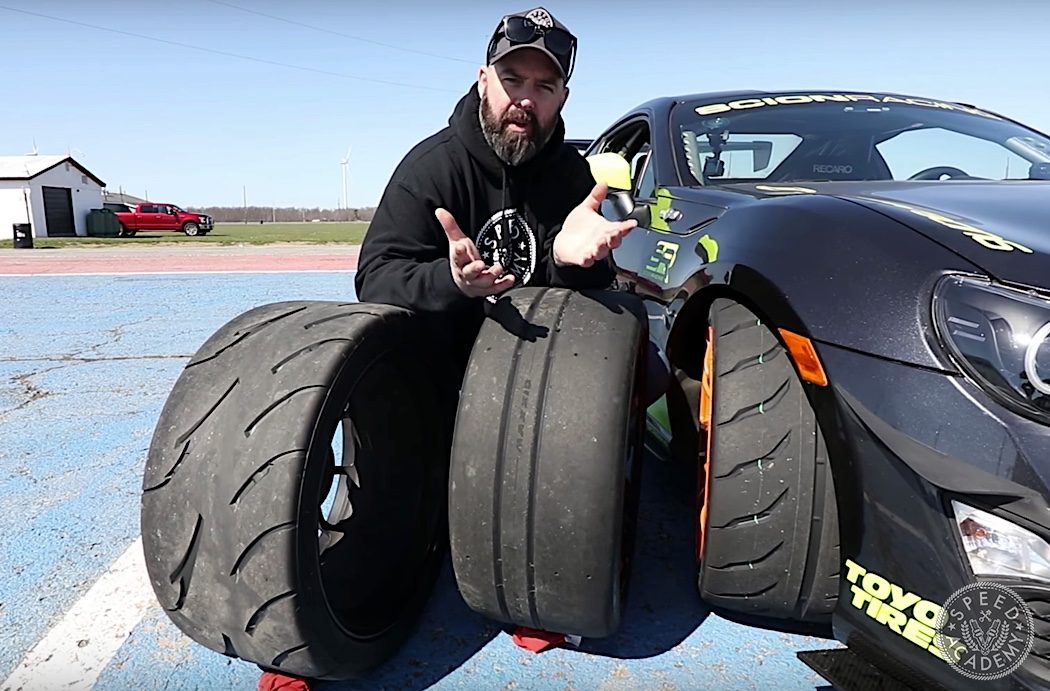
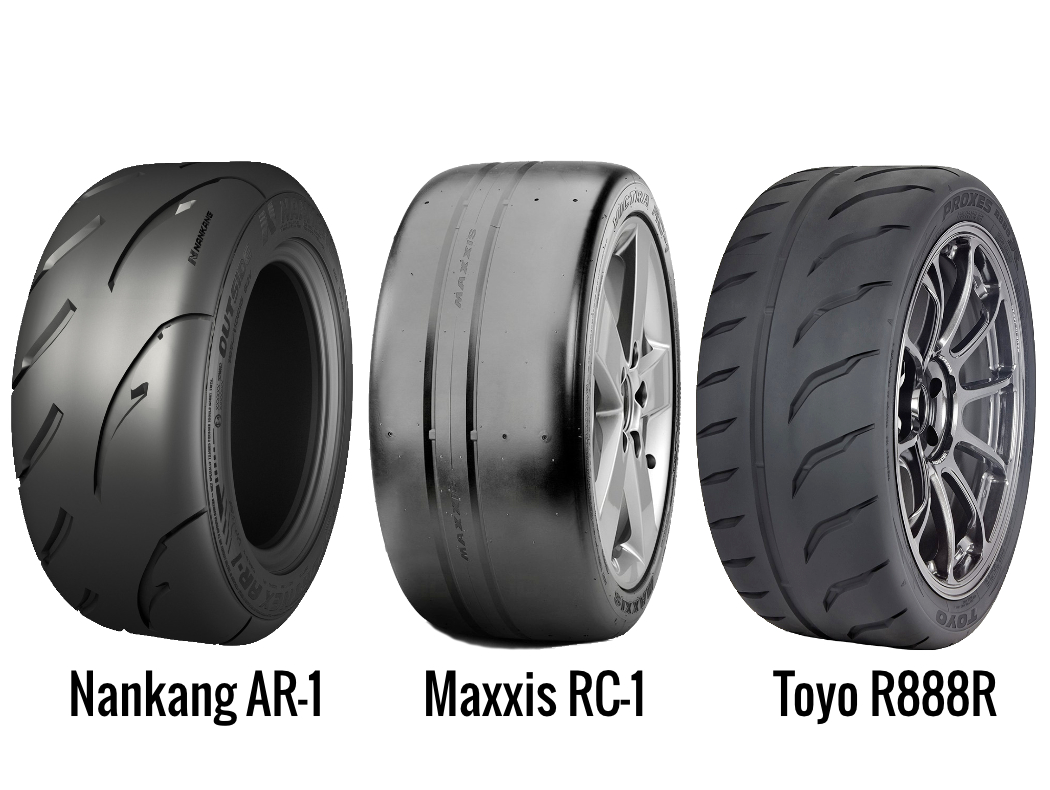
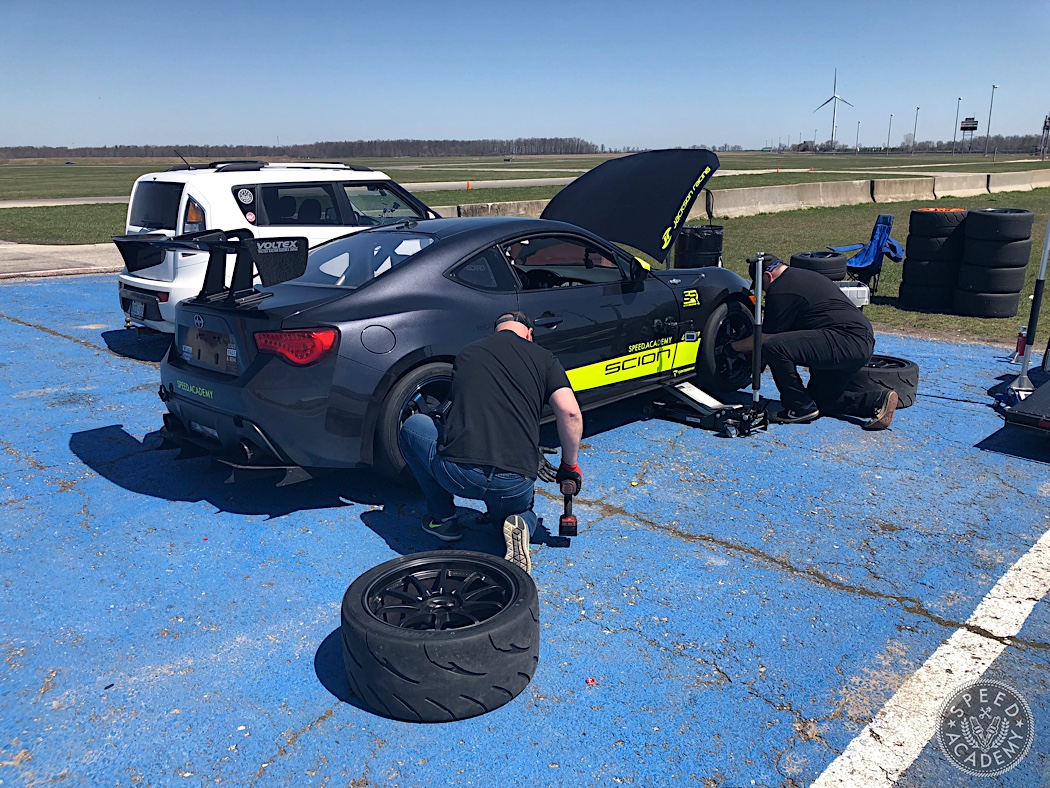
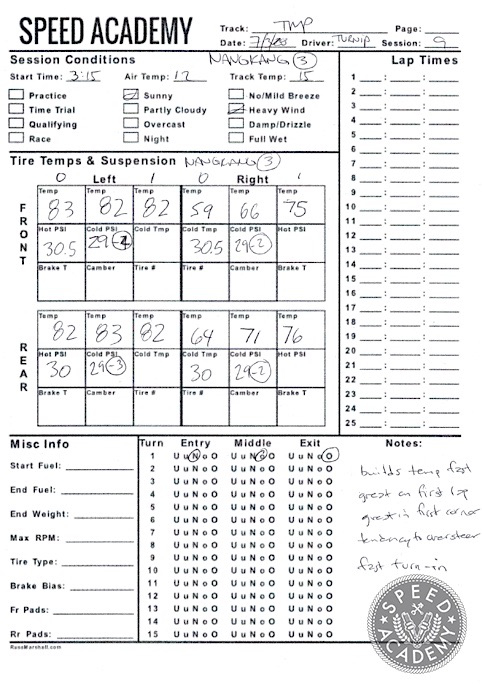
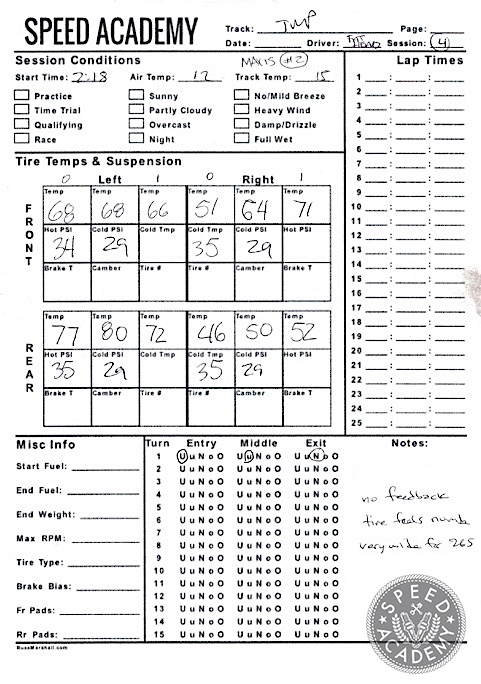
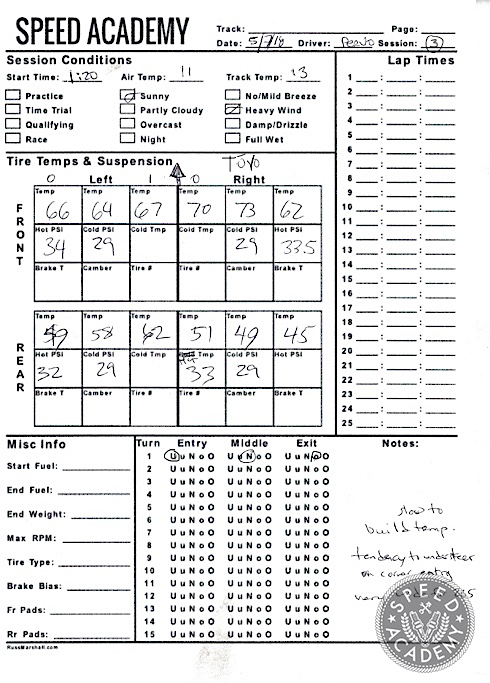


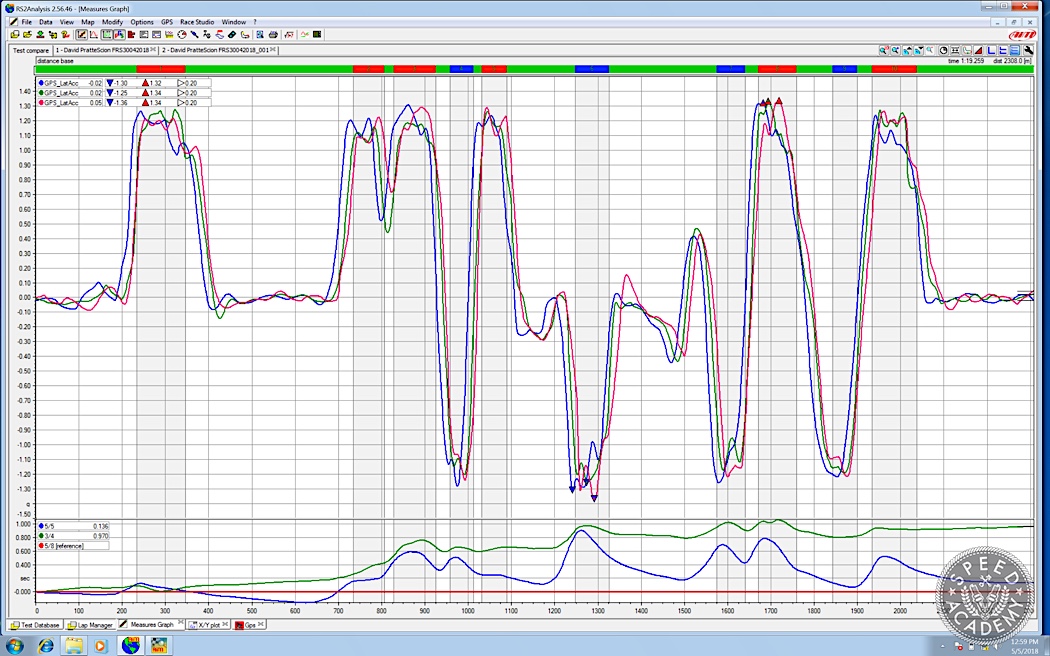
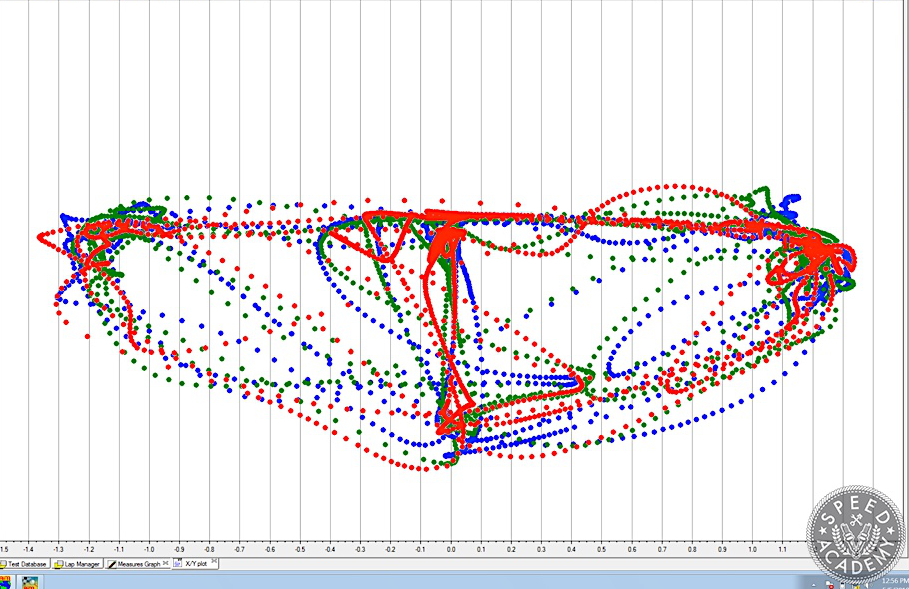


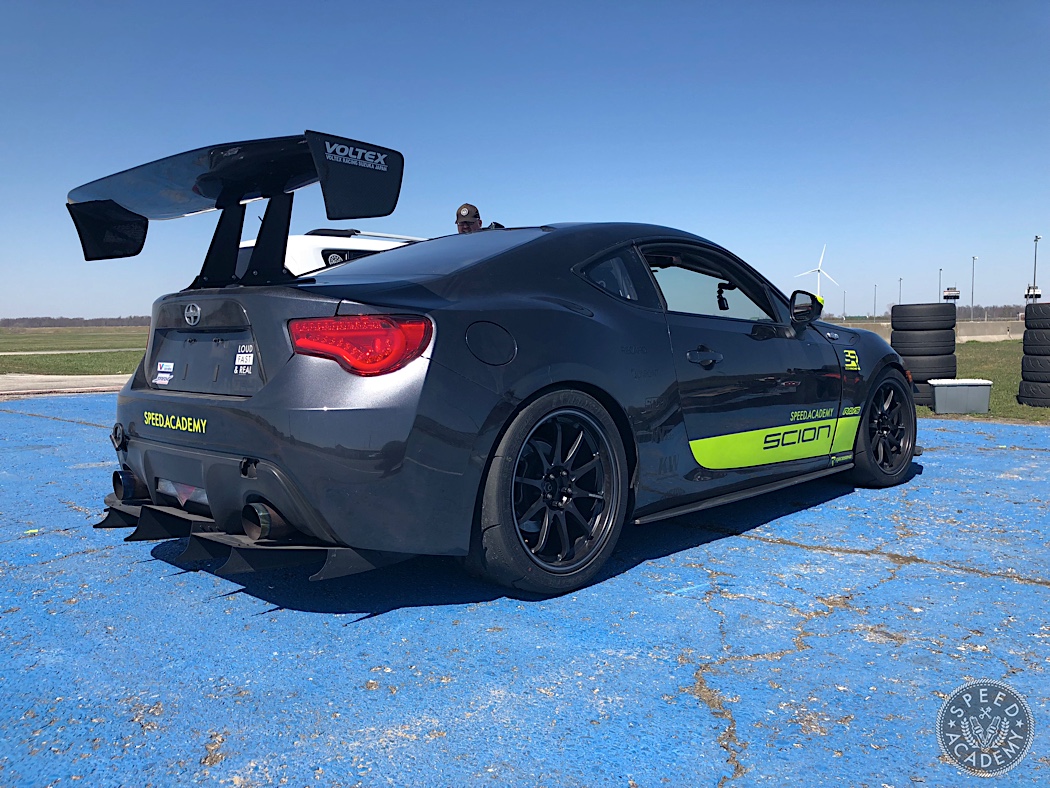
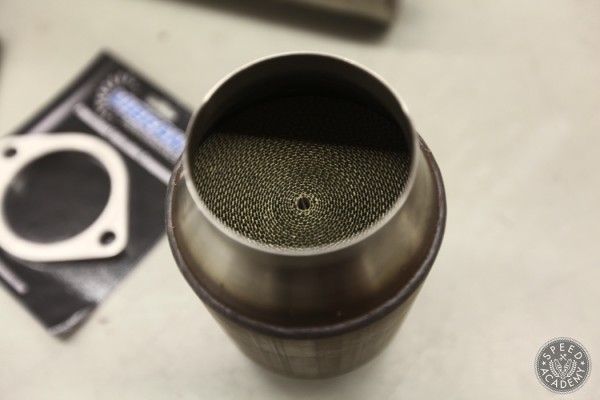
I have been running the AR-1’s for over 18 months now and have to agree with the data posted here. In my MX5 NA6 (Miata) I am able to get consistently over 1.4g in cornering (225/45/15). In addition that can handle some decent track temperatures. Recently the track temp was over 55c, air intake 63c (naturally aspirated) and dash temp 65c and the tyre temp sensors recorded peaks in excess of 98c. Despite these temps and the fact that the tyres were at the limits of their serviceable life I was within 0.5 secs of my PB! The AR-1’s are… Read more »
Thanks for contributing, Mark! Great to hear you’ve had good results from your Nankangs. We’re looking forward to learning more about them as we test them out on a number of our project cars this year. Cheers!
There appear to be 2 different SKUs for these, AR1-2653518-97YXL (which are 80 treadwear and 29 lbs according to wheelwiz) and AR1-2653518-97YXL-N (100 treadwear, 27 pounds and more expensive).
Do you remember which ones you tested?
Yes, we tested the 100 tread wear version that’s now available here in North America. The 80 tread wear version is the European and Asian market tire.
For what is worth. I’ve been running a couple of different tires in time attack in the last few years. I had the privilege of running on the same day, on same sized wheel, similarly sized (sadly not exactly the same) Toyos R888R and Nittos NT01. One thing that is not mentionned here is that toyos loose grip gradually over time. Brand new R888R are faster than brand new Nittos NT01, but after just one day (comprised of 7 – 20 minutes sessions) the nittos come up on top. I have to agree that the toyos are indeed the easiest… Read more »
Any A052 info in comparison with Cup 2 or RE-71R?
We’ve never directly compared the A052 to anything else. We did a brief A052 test on our S2000, you’ll find a video of that on our YouTube channel, and based on that test I would say it’s very competitive with the RE71R. Cup 2 isn’t a tire we have enough experience with to comment on one way or the other.
In my experience the Bridgestone RE-71R is better than all these even with its 200 tread wear number. There closest to what you get with real track tires like Hoosers.
I love the RE71R but the big block large water channel tire gets chewed up quite quickly. I need something with similar grip and longer life due.
I appreciate you helping me learn more about race tires. I like how you said that toyo tire was at the top in breakaway characteristics. My nephew is getting into racing cars. He will be interested to know this about the toyo tire.
Thanks for doing this. It’s great information for someone who has a lot to learn and is on a budget. Would the Nitto NT01 finish last in this group?
NT01 is a very similar compound to the Toyo R888R, but obviously a different tread pattern and probably some differences in carcass design too. In our experience they’ll be very close to R888R on time.
Was the RC1 the new R2 compound?
Do you guys have any thoughts on the Federal FZ-201 (soft or medium)? Seems like the medium is similar in performance levels from what I’m reading and soft is a fair bit quicker, but wear faster.
Hi Brandon. We haven’t tried the Federals, but we’d certainly be curious to give them a go if they’re as fast or faster than the AR-1.
Well, ended up with some AR1s. Looking forward to trying them out.